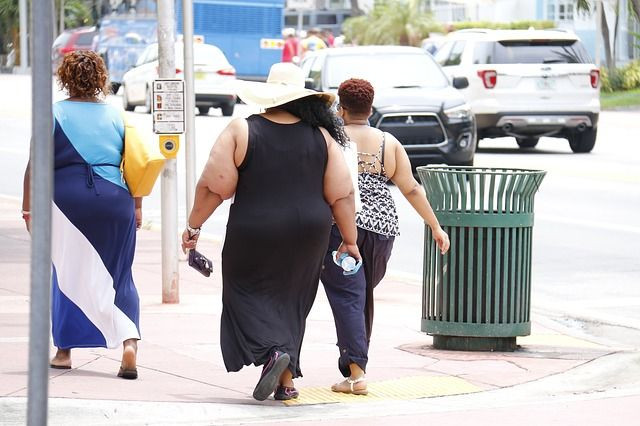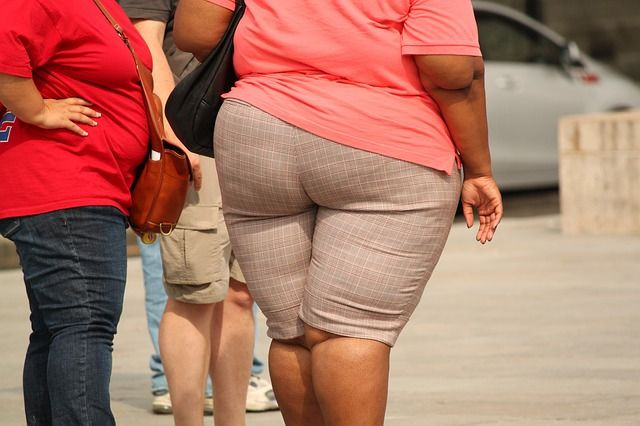Weight Watchers Sees Children As New Target Market

WW International Inc., whose Weight Watchers diet is still world’s most widely used commercial diet, has moved to tackle childhood obesity in the United States by helping 8 to 17 year-old kids and teens reach a healthier weight.
More popularly known as Weight Watchers before a name change in 2018, WW last week introduced a new and free app called “Kurbo” based on Stanford University’s pediatric obesity program. WW is taking pains to assert Kurbo isn’t a diet.
“This is a scientifically proven way to get kids to eat healthier and move more, so we’re excited to get it into as many hands as possible,” Gary Foster, WW Chief Scientific Officer, said
According to him, diets lead to short-term behavior change. On the other hand, WW focuses on establishing healthy patterns.
Foster described Kurbo as a “family-based approach.” He cautioned parents not to single out one child. Instead, he suggested parents need to set the example and involve the entire family.
Kids and teens track their food in Kurbo. A green, yellow or red light grades what and how much of a food they eat. Kids can also consult with a digital coach but this extra service is priced at $69 every month.
Kids that sign-up for Kurbo choose a goal: lose weight, eat healthier, make parents happy, get stronger and fitter, have more energy, boost my confidence or feel better in my clothes.
Once a kid selects a goal, he ranks how important the goal is to him on a scale. The scale ranges from 0 (“not important”) to 10 (“super important”). Kurbo also asks the kid or teen to rank how confident he is that he can reach his goal. The scale begins at 0 (“not confident”) to 10 (“super confident.”)
A participant’s profile page charts his body mass index (BMI). With the app, a participant can check how many green, yellow and red foods he ate during the week.
Foster said the data is very clear that WW has a science-based solution to help kids struggling with overweight and obesity. He noted Kurbo’s website features “success stories” showing before-and-after images as well as how many pounds users lost. He said the photos are intended to be “inspirational.”
Childhood obesity in the U.S. has reached staggering proportions. Some 13.7 million of U.S. children and adolescents or about one-fifth of the total are obese, according to the U.S. Centers for Disease Control and Prevention (CDC).
CDC defines obesity as a BMI at or above the 95th percentile for a child’s gender and age group. A 10-year-old boy who weighs 102 pounds at 4 feet 8 inches tall would be considered obese.

Published by Medicaldaily.com



























